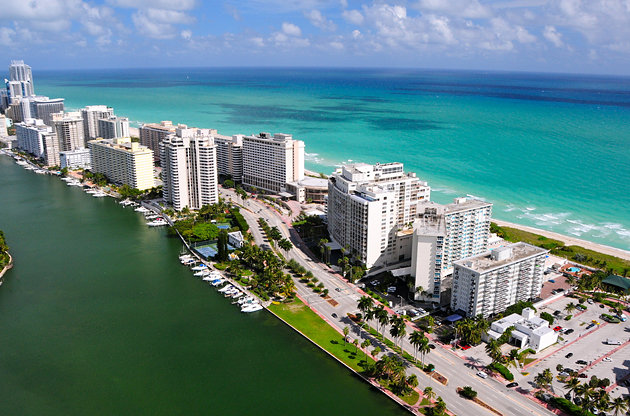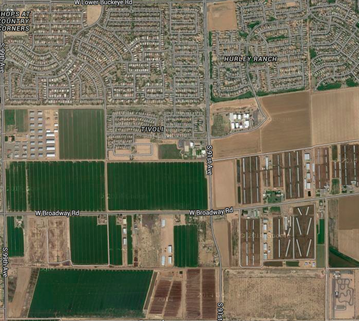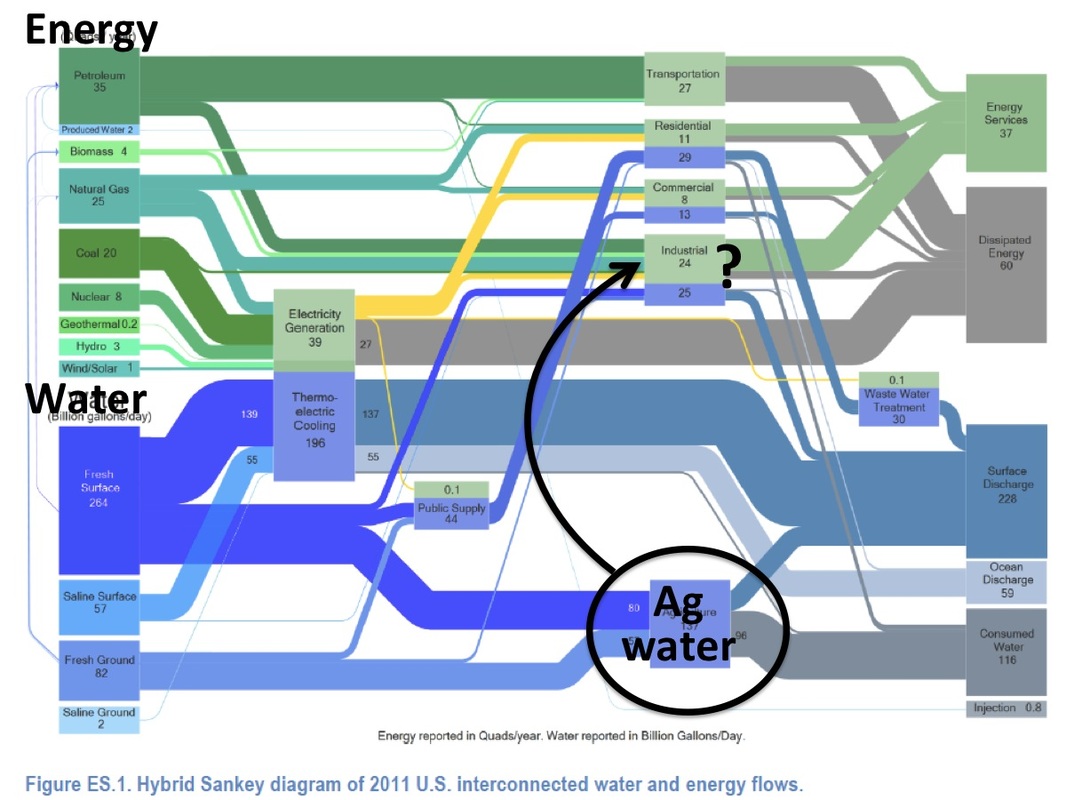|
What is the water-energy nexus? No, it’s not water energy voodoo. The water-energy nexus is, basically, the way water management and energy supply and demand affect each other, their contributions to greenhouse gas emissions, and the development of sustainable solutions that integrate efficient use of both. At present we treat water management and energy generation as separate issues. But *reality check* they are intimately interwoven throughout their extraction/production, treatment, distribution, end use, and waste. See the figure below, made by the US Dept. of Energy, depicting flows of water and energy in the US and how they are intertwined. My major interest, as you know dear reader, is in the nexus of water and food (and, hence, the energy that flows between them). This figure is a good starting point but seems to be missing a lot of energy arrows (green) going down to the water boxes and arrows (blue). For example, it does not illustrate how much energy is used to pump and spray the water in that big blue “agriculture” box. Assuming the majority of that water is used for irrigation, I’ve tried looking at the EPA greenhouse (GHG) gas inventory report to see if they have an estimate for how much CO2 is produced in the US via the energy generated for pumping and delivering irrigation water. But their estimate of GHG emissions from energy use is broken down into residential, commercial, industrial (including agricultural), transportation and electricity generation. So the carbon cost of pumping that 137 billion gallons of water a day is hidden somewhere within the “electricity generation” and “industrial” slices of the pie (depending on if the pump is using energy from the grid–then it’s accounted for in “electricity generation”–or energy produced on the farm, such as a generator–then it would be accounted for within the “industrial” slice). Why talk about the water-energy nexus now? First, energy generation is the largest contributor to anthropogenic greenhouse gas emissions--the driver of climate change. Second, geo-political tensions over water and energy security have risen as climate change has increased the variability / decreased the reliability of their supply, putting human and ecosystem health (and, therefore, economies) at risk. Third, as we develop new plans for water management and energy generation we can make huge gains in efficiency of both water and energy use if we consider their interplay. This water-energy nexus was the subject of a workshop organized and moderated by Tiffany Troxler (Florida International University) at the National Council for Science and the Environment’s annual conference in DC last month. There are many shades of gray along the spectrum of water for energy and energy for water—endless variety of contexts, constraints and drivers, as Maria Donoso (Florida International U., Global Water for Sustainability (GLOWS) Program) put it. Sometimes we have to tradeoff greenhouse gas emissions reductions for environmental damages. As an example, Donoso posed, what is the over all greenhouse gas emissions impact vs. the ecological impacts from one big vs. multiple small dams and reservoirs? Early studies are showing, she went on, that as much as two times as much greenhouse gas emissions (mainly methane) from many smaller reservoirs compared to one big reservoir. Whereas one big reservoir may have greater ecological benefits (though, ecologically and culturally speaking, no dam is preferable!) In the workshop, we heard about two case studies–from south Florida and Phoenix, AZ. For Florida we heard from the director of the Everglades Division Florida Water Management District, Dr. Fred Sklar, and the city engineer for Miami Beach, Bruce Mowry. (text continued below photo) Sklar’s brief whirlwind presentation seemed to barely touch the popsicle on the tip of the iceberg. He showed us the multiple dimensions of complexity involved in managing water resources in south Florida. The Everglades includes over 2700 miles of canals, drainage basins, pumping stations, levees, etc. including urban, agriculture and wetland land uses. This region supports citrus, livestock (left), and sugarcane production as well as 6 million people and, eh hem, the Everglades ecosystem. Stormwater treatment expenses are rising, cattails are expanding while mangroves are receding, and (if that’s not enough) some parts of the Everglades are getting drier while sea level rise is flooding other parts. Sklar’s office manages those basins, pumps, and levees to keep enough water on the land to avoid drought, but not so much that it floods, in order to meet the variety of human land uses and ecological restoration needs. Sklar characterized the water management problems in the Everglades as ranging from tame to messy (climatic difficulties) to wicked (social – land use issues) to messy-wicked (climate – social – land use problems). Is this interdisciplinary characterization of environmental issues starting to sound familiar? Sea level rise is especially hard to prevent/adapt to because of the porous calcium carbonate substrate underlying most of south Florida. This rock’s porosity allows saltwater to easily intrude underground and move vertically up onto the landscape. Meaning sea level rise is not simply a rising surface level rolling over the landscape from the coast, rather sea walls actually keep flood waters upwelling from below trapped on the land rather than keeping out rising surface water. Rising sea levels are caused by the thermal expansion of water at warmer temperatures and melting land ice. These effects are not felt uniformly across the globe, rather localized changes in sea water temperature, salinity, and circulation lead water to “pile up” in certain regions and not others. Sklar approaches these issues with a balance between local and regional perspectives—in response to the US congress not working at the larger scale and the need for locally tailored solutions. He pointed out that we have to be systems thinkers to make sure we don’t use a solution that is beneficial at the local scale but not at the regional scale.  Miami Beach, FL. From: http://www.planetware.com/tourist-attractions-/miami-us-fl-miami.htm Miami Beach, FL. From: http://www.planetware.com/tourist-attractions-/miami-us-fl-miami.htm  Then we turned from the Everglade swamps to ritzy Miami Beach (left). Here, rising sea level is a fact of life—during certain times of the year, the streets flood twice a day. As Bruce Mowry explained the challenges he faces as the City Engineer, he provided a fascinating case study of a wealthy American city on the economic growth fast track dealing with a new game with new rules, such as rising sea levels, by playing by the old rules that no longer apply–simply building things taller. By raising the sidewalks several feet, new buildings will have to be built to this new higher “street level” (bureaucratically easier to change the sidewalks than to impose new building codes). Miami Beach’s houses of the future will be built by first excavating the property, putting in a membrane, backfilling and building on the lot. The landowner can then individually manage their own drainage area with a sump pump--how American. Here, the wealth generated from the status quo seals the city’s fate as the old school culture of growth is just too tempting to turn away from, preventing the powers that be in this sea level city from looking straight into the eye of the beast (climate change) and dealing with it head on through transformative solutions. Miami-Dade county relies on Miami Beach’s tourism revenue to support the rest of the county’s public services. Currently, the city government has tunnel vision for the status quo as the best economic solution. Deciding to raise sidewalk levels is easy, the hard part is brainstorming solutions that allow the city and county to diversify their revenue stream while taking advantage of Miami Beach as a tourist attraction. Dan Childers‘ (Global Institute of Sustainability at Arizona State University) presentation was at times a striking contrast to the south Florida case study but also showed a few surprising resemblances. He spoke about the water-energy nexus in the Phoenix Valley metro area in Arizona, which includes 26 separate municipalities. To an Appalachian (such as yours truly), one desert city is the same as the next. But in order to understand the situation in Phoenix it is helpful to compare it to Las Vegas. The two cities are very similar in climate yet very different in hydrology: Phoenix has the Salt and Verde Rivers while Las Vegas relies solely on Lake Mead, which we all know is shrinking. This has put the two cities on very different cultural and water managerial trajectories: where Las Vegas has aggressively pursued water efficiency improvements (and out of basin water sources), Phoenix continues to be an “oasis city” where growth continues to be the economic mantra and the idea of water scarcity is swept under the rug.  Google maps screen shot of western Phoenix area with suburbs bordering irrigated crops (lower left), probably alfalfa, and the dairy CAFOs ( right) whose milk is probably shipped to New Zealand (see text). Google maps screen shot of western Phoenix area with suburbs bordering irrigated crops (lower left), probably alfalfa, and the dairy CAFOs ( right) whose milk is probably shipped to New Zealand (see text). Phoenix’s current strategy for dealing with climate change’s effects on water availability consists of (drumroll please…) obtaining more water from retiring ag land into residential/commercial development(!). Turns out, ag uses more water per acre than residential or commercial land use, so development means water conservation(!). These days the ag that remains in the Phoenix Valley invovles growing alfalfa to feed to dairy cows (left). Most of the milk is exported to New Zealand, according to Childers, where powdered milk is that nation’s highest value export, and their biggest buyer is China. Unlike in California, where precious irrigation water is applied to alfalfa, which is then shipped to China to feed their dairy cows. So, at least in Phoenix they are squeezing more domestic profit out of each drop of precious irrigation water (by selling it as as milk rather than merely alfalfa) than California irrigators. Phoenix resembles Miami Beach in that it’s plan for dealing with changes to the water cycle involve old-school approaches. Developing the little ag land that remains in the Phoenix Valley into residential or commercial land use is a far cry from transformative or resilient. Not to mention, the canals in Phoenix remain uncovered(!). The irrigation canals used in agricultural development of Phoenix in the early 1900’s were built many centuries before by the Hohokam people, who mysteriously, disappeared over just a few decades… Childers used three new terms. Academics, especially those in sustainability research, seem to love coining new terms, but these three are actually useful, demonstrated by how rapidly they were adopted into the discussion. They characterize the three types of barriers Childers sees to system-level changes: 1) systemic inertia--hindering novel or transformational change; 2) social inertia—people are okay with change as long as it happens to someone else; and 3) infrastructural inertia—it is easier to put bandaids on the current system than to build a new one from the ground up. We need a new framework for water and energy management that incorporates and engages all stakeholders….Altogether, our understanding of the water-energy nexus–identifying it, quantifying it, and transforming it–is just beginning. In our workshop discussion I could see that in order to get at the heart of this issue we need to pursue many paths, pull apart multiple layers of complexity, and integrate perspectives across many disciplines, including engineering, ecology, sociology, urban planning, and water management policy–sign me up! I’m excited to be part of this new working group and I hope to report back to you on our future discussions. Comments are closed.
|
Archives
February 2019
Categories |


 RSS Feed
RSS Feed
